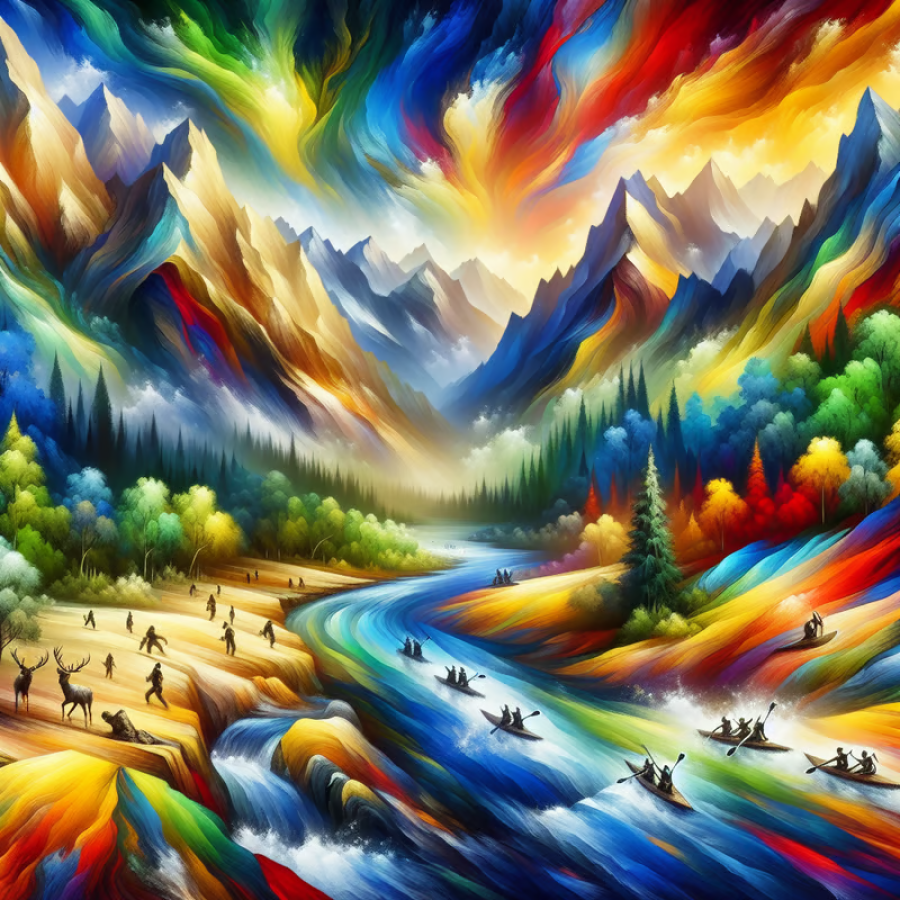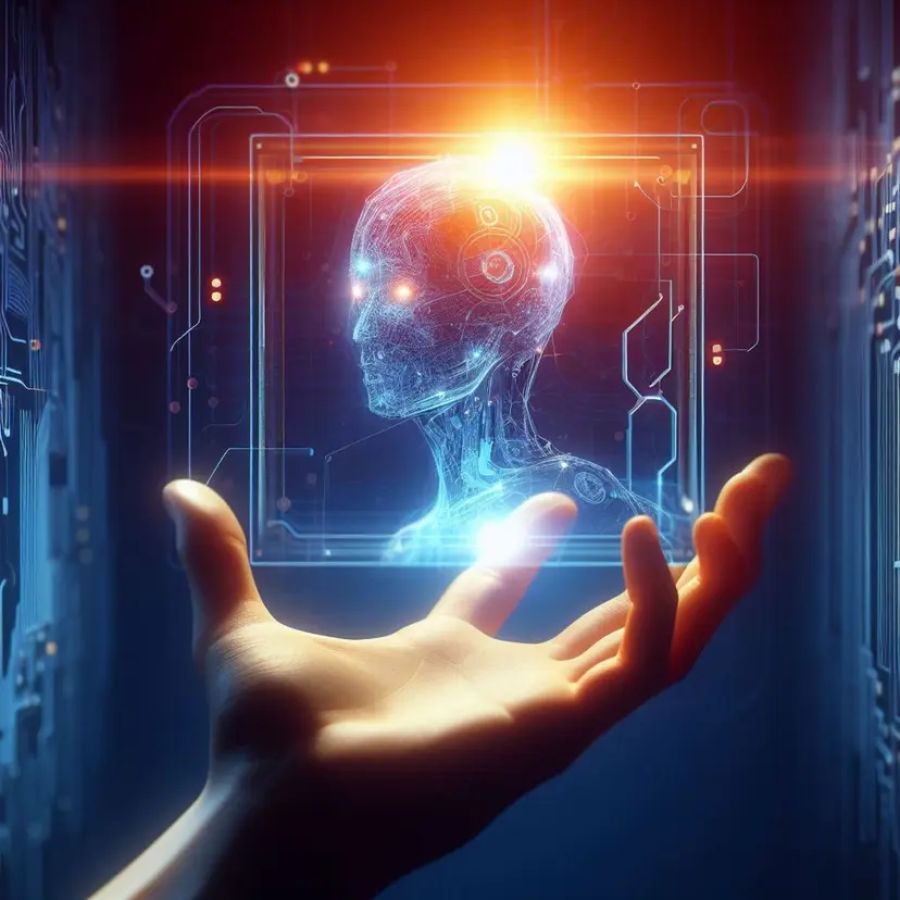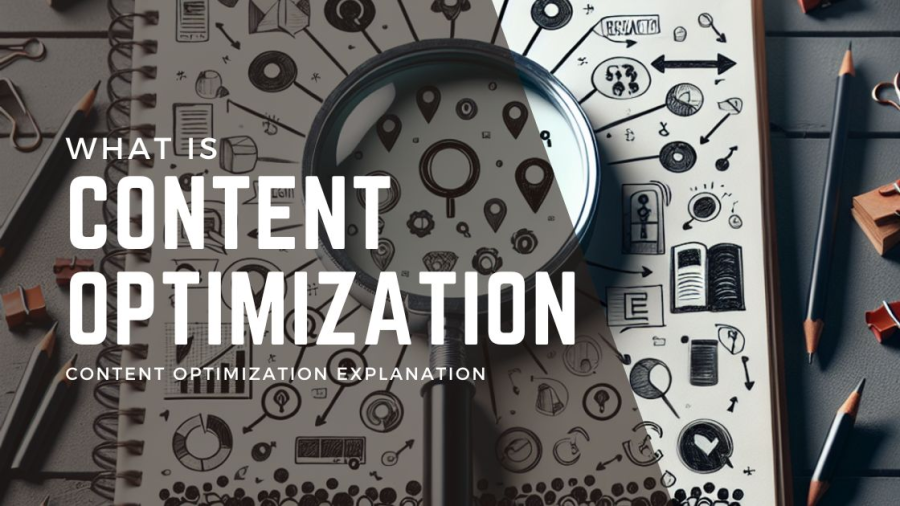Mastering AI Art Prompts: An In-depth Guide to Effective and Creative Prompting
From the moody hues of Van Gogh’s Starry Night, to the awe-inspiring precision of Da Vinci’s Vitruvian Man, art has long been a beacon of human creativity. As we march into the age of automation, Artificial Intelligence (AI) has begun to make its own inroads into this timeless realm, giving birth to an intriguing new genre: AI Art.
AI Art, also known as generative art, is a revolutionary marriage between technology and creativity. It involves the use of AI algorithms and neural networks to produce unique, visually engaging pieces of art. These AI systems, which are trained on colossal databases of images, generate art in an array of styles and forms, pushing the boundaries of what can be achieved through traditional methods.
In this blog post, we delve into the fascinating world of AI Art, focusing particularly on the role of AI Art Prompts. As we navigate through these digital waters, we’ll provide you with a host of tips and templates to kick-start your AI artistry. So whether you’re an artist exploring new creative outlets or a tech enthusiast intrigued by the convergence of AI and art, this post is guaranteed to stimulate your mind and spark your imagination. Let’s embark on this artistic adventure!
Understanding AI Art Prompts
At the heart of AI-generated art are prompts – these are the initial inputs that steer the course of the creative algorithm. AI art prompts act as the foundation from which the AI model builds its masterpiece. They are direction-imbuing guidelines, the seeds from which the AI system nurtures an artwork. By using a collection of words or phrases, these prompts instruct the AI on what it should aim to create. It could be as specific as a detailed scene description or as broad as a single word. The choice of prompt will influence the style, subject, and mood of the produced artwork.
The interplay between AI and the prompts is a dynamic one. AI, armed with its learning algorithms, takes the cues from the prompts and creates art with a blend of randomness, precision, and creativity. It can mimic existing art styles or concoct entirely new aesthetics, all the while following the trajectory set by the prompt. This symbiosis between AI and art prompts is what drives the creative process in AI-generated art, offering a fascinating blend of human-directed creativity and AI-powered execution.
The Importance of Mastering AI Art Prompts
Mastering the craft of writing effective AI art prompts can unlock a world of creative possibilities. It is akin to learning a new language – the language of an AI artist. By becoming adept at articulating your creative vision through prompts, you can effectively communicate with the AI system. This skill allows you to guide the AI’s creative process, steering it towards your desired outcome. Understanding and mastering AI art prompts is, therefore, a critical aspect of AI-generated art, a step towards leveraging the full potential of AI in the realm of creativity.
Key Tips for Writing Effective AI Art Prompts
When it comes to crafting effective AI art prompts, there are several key points to keep in mind. These can greatly impact the quality and specificity of the art generated by the AI system. Here are some of the most important guidelines:
- Clarity and Detail: One of the main considerations is providing clear and detailed instructions. This can be achieved by using specific nouns, adjectives, and verbs to bring out an interesting subject. Ideally, a prompt should contain at least 3 to 7 words to give enough context for the AI system to generate accurate artwork.
- Descriptive Language: Another crucial aspect is the use of descriptive language. Adding adjectives can infuse the artwork with different feelings and emotions, making it more expressive and engaging. Descriptive language can guide the AI system in creating the desired artwork, leaving room for creative interpretation by the AI.
- Artists and Art Styles References: If the aim is to mimic a particular artist’s style, include the artist’s name in the prompt. This will guide the AI system to generate artwork inspired by that artist’s unique style. Additionally, specifying a particular style can steer the AI system to create artwork in that specific style.
The use of AI in art is a burgeoning field, and knowing how to use AI art prompts effectively can significantly enhance the quality of the generated artwork. These tips serve as a starting point, encouraging you to experiment and explore the vast creative possibilities offered by AI.
The Role of Descriptive Language in AI Art Prompts
Descriptive language plays a pivotal role in shaping the outcome of AI art prompts. This section delves deeper into the importance of descriptive language in crafting effective prompts for AI art generation.
The first point of importance is that descriptive language provides the necessary guidance for the AI system to create the envisioned artwork. Packed with adjectives, adverbs, and vivid imagery, descriptive language breathes life into your prompts, turning them into a vivid panorama that the AI system can understand and interpret. Using multiple adjectives, for instance, can infuse different feelings and emotions into the artwork, transforming it into an expressive canvas.
The second advantage of using descriptive language is the ability to influence the mood and atmosphere of an artwork. By embedding specific adjectives and descriptors, artists can dictate the overall aura of the piece. For example, words like ‘warm‘, ‘tranquil‘, or ‘ominous‘ can dramatically shift the ambiance and aesthetic appeal of the AI-generated art.
Thirdly, descriptive language aids in accentuating the details and nuances in an artwork. When you specify details like ‘a sunset with hues of pink and orange‘ or ‘a serene forest with tall, verdant trees‘, the AI system gets a better grasp of the desired artwork’s intricacies and complexities. Such a high level of detail results in more realistic and compelling AI-generated art.










تبصرے (0)